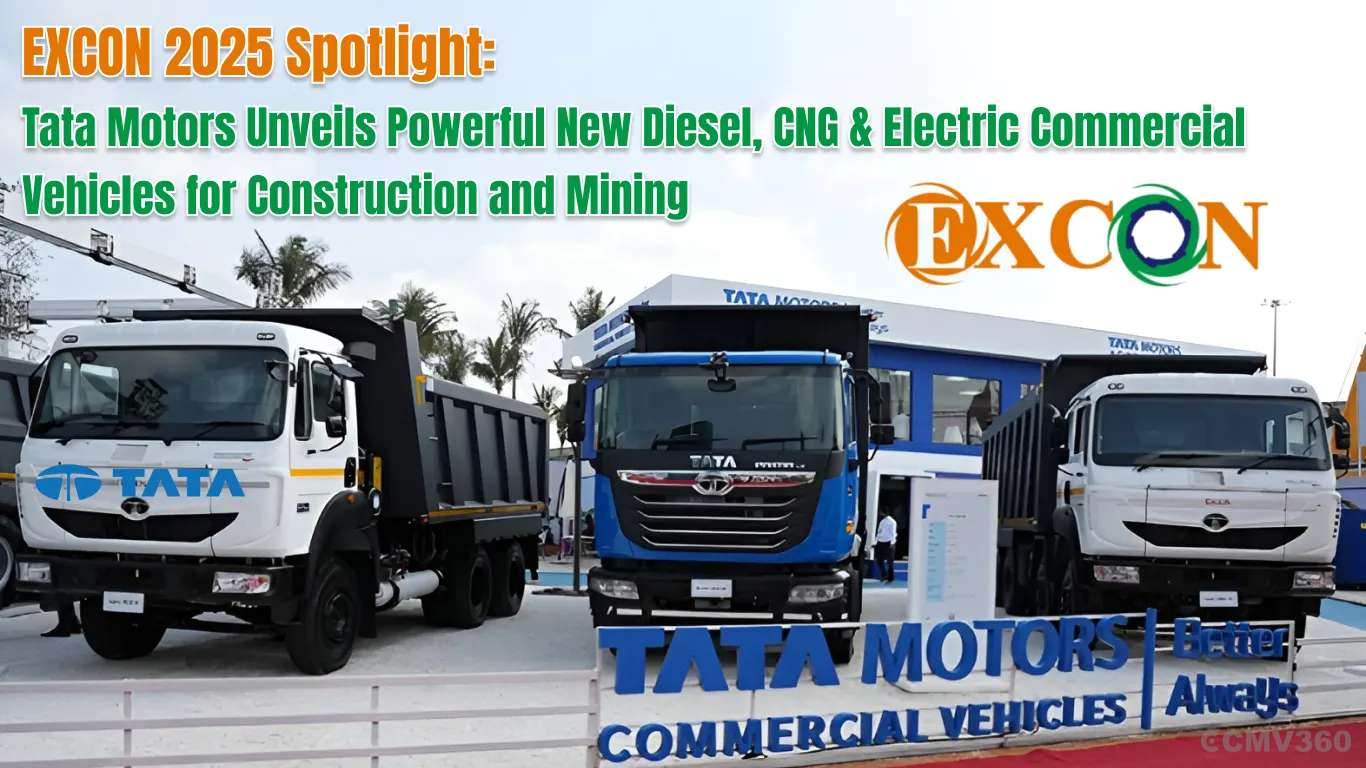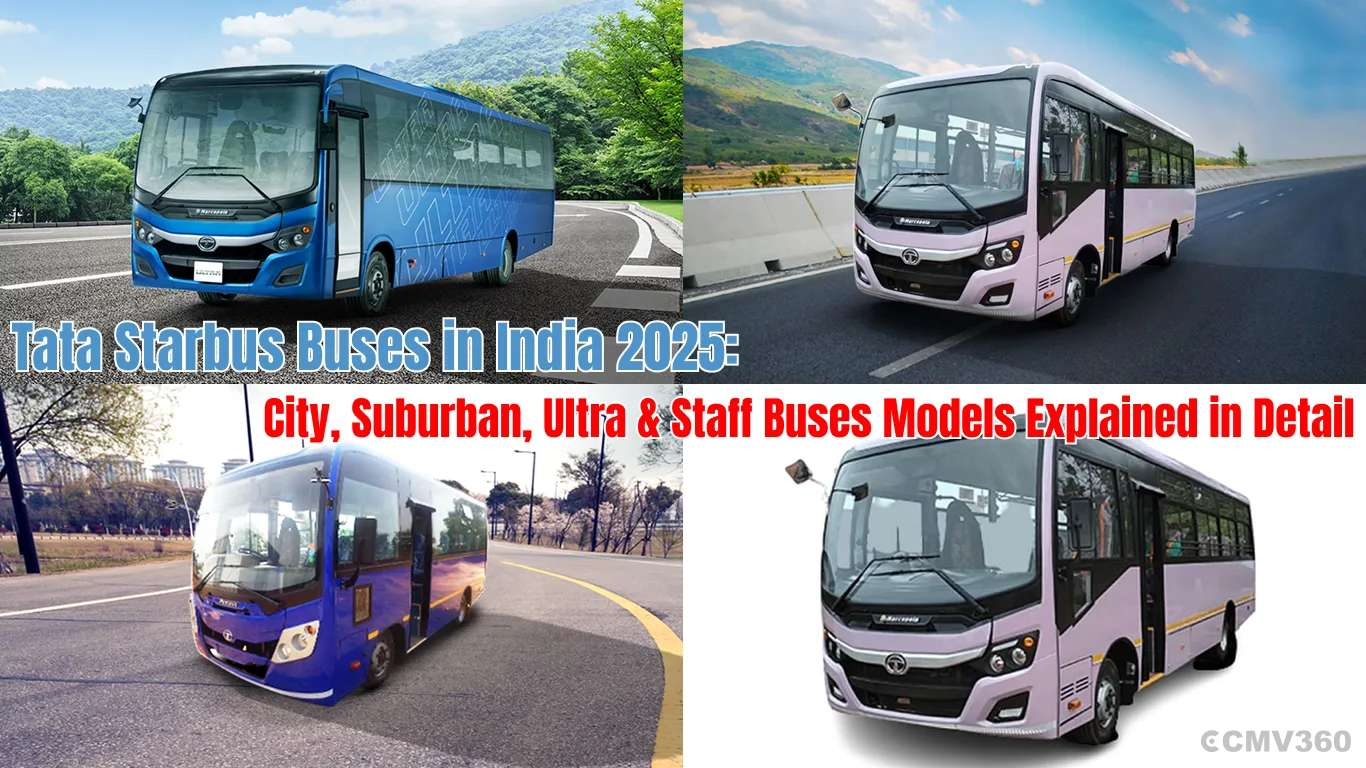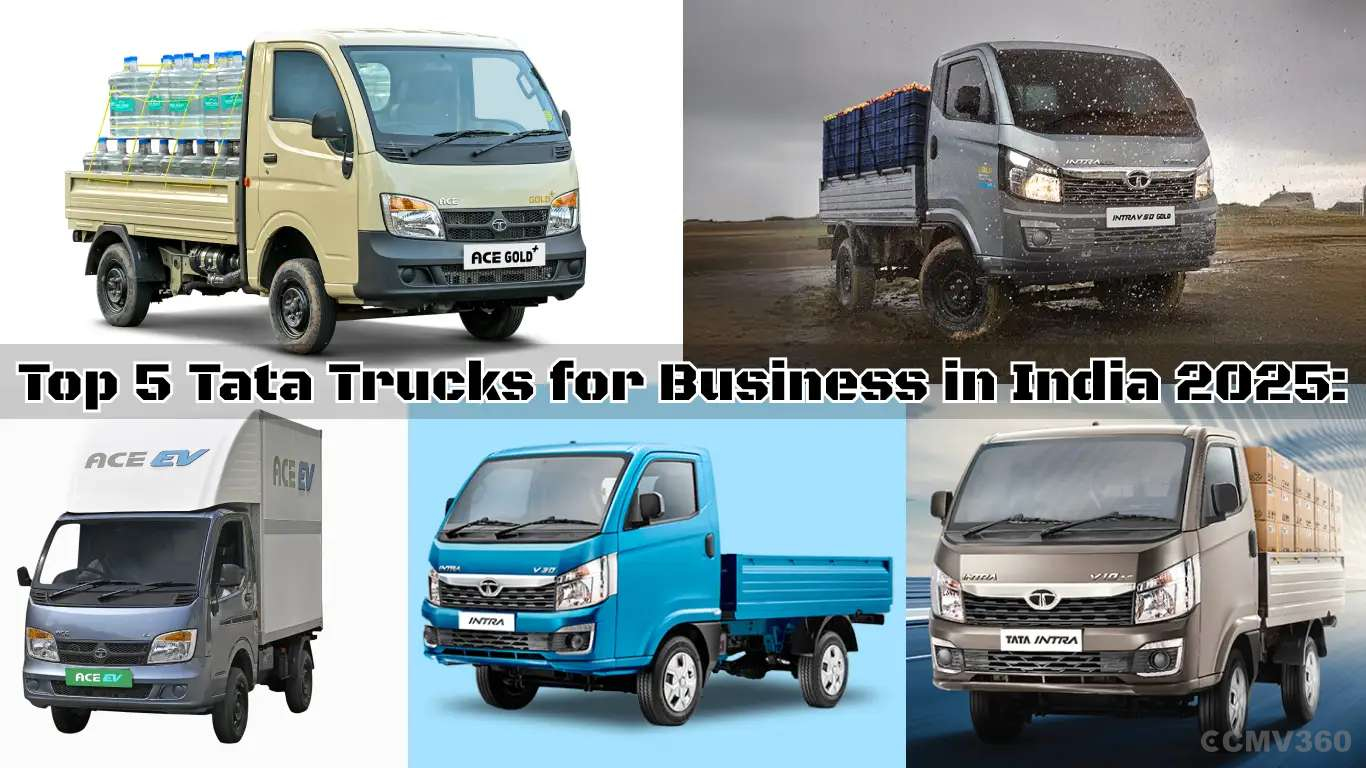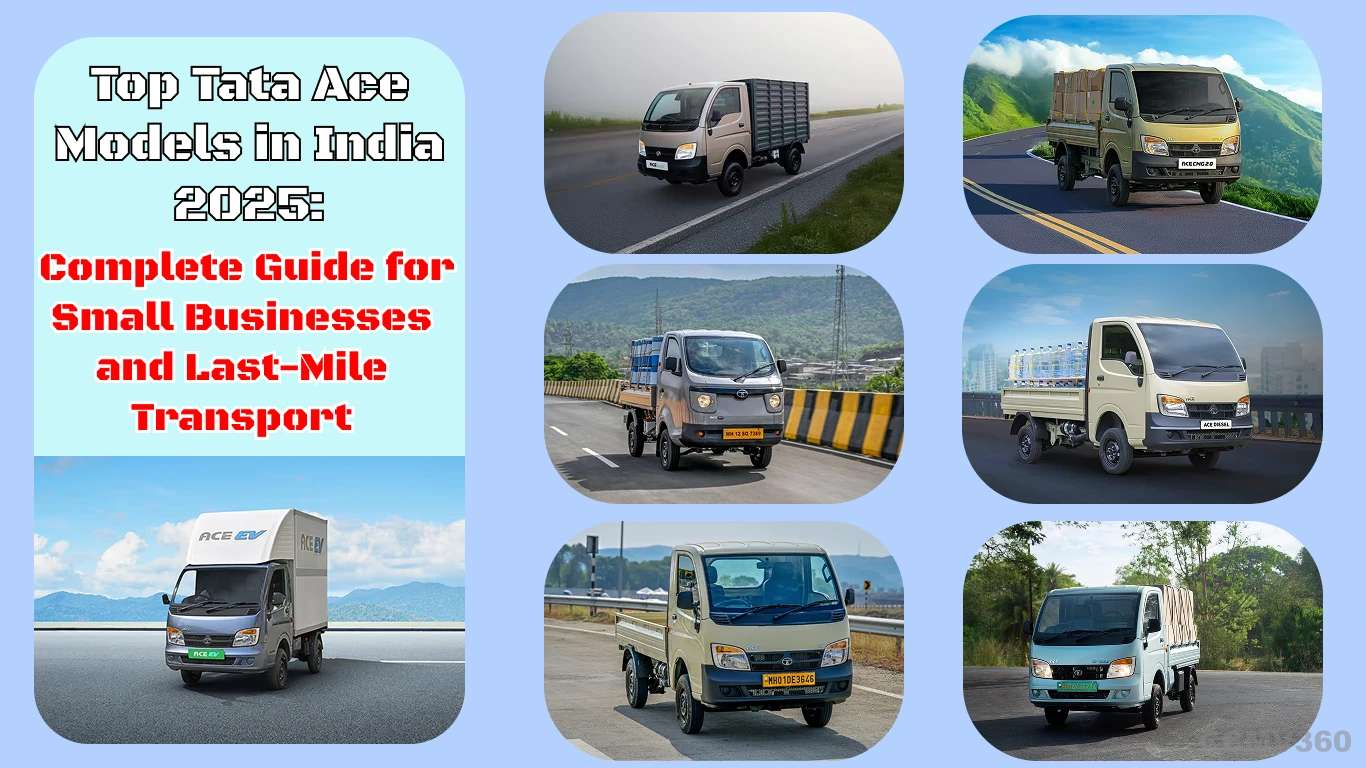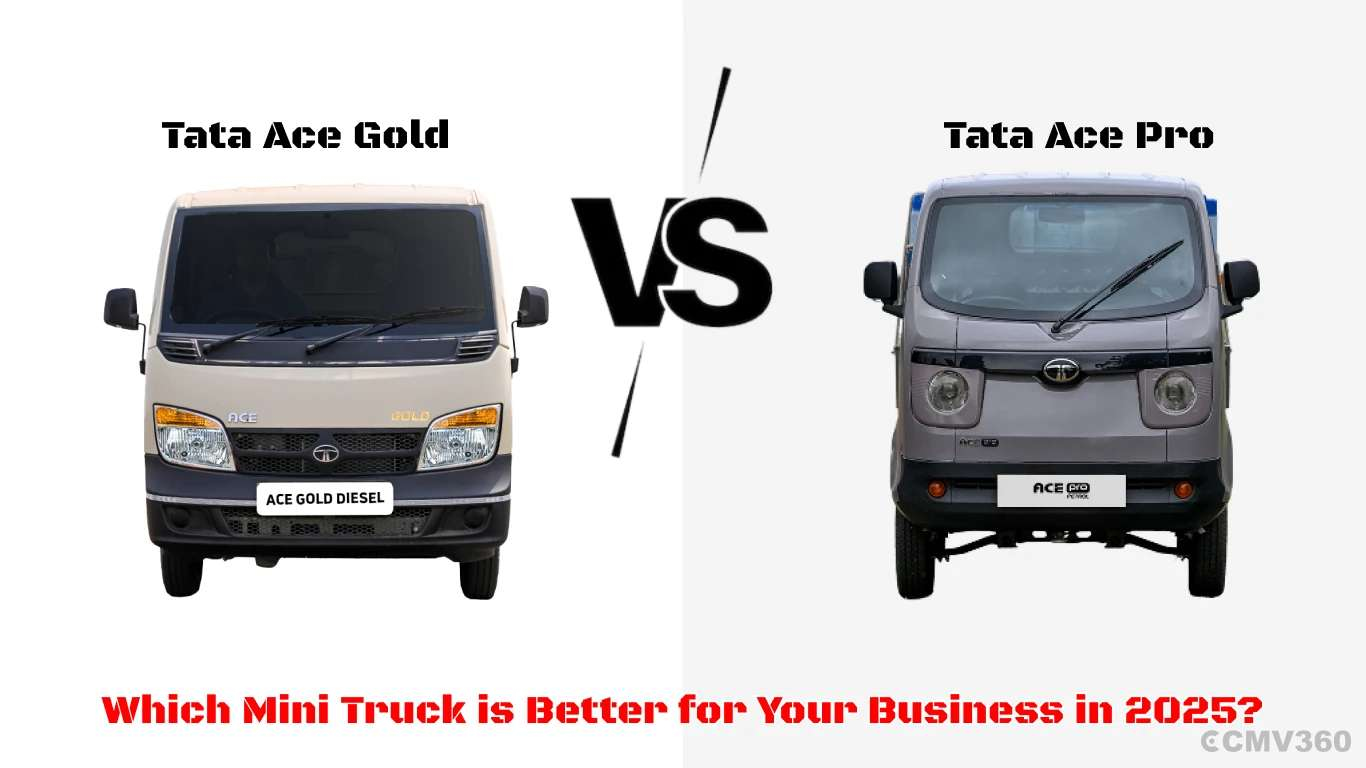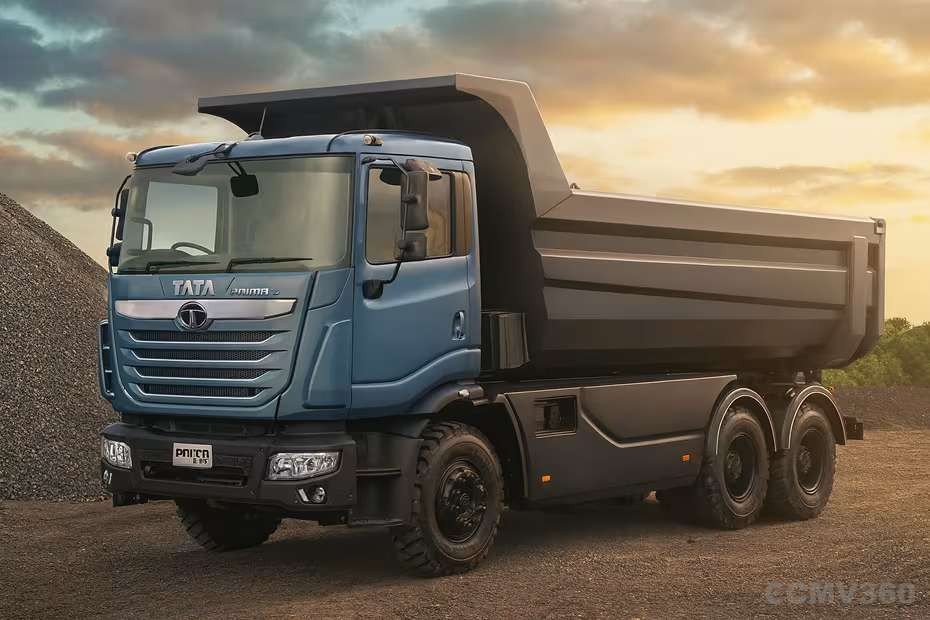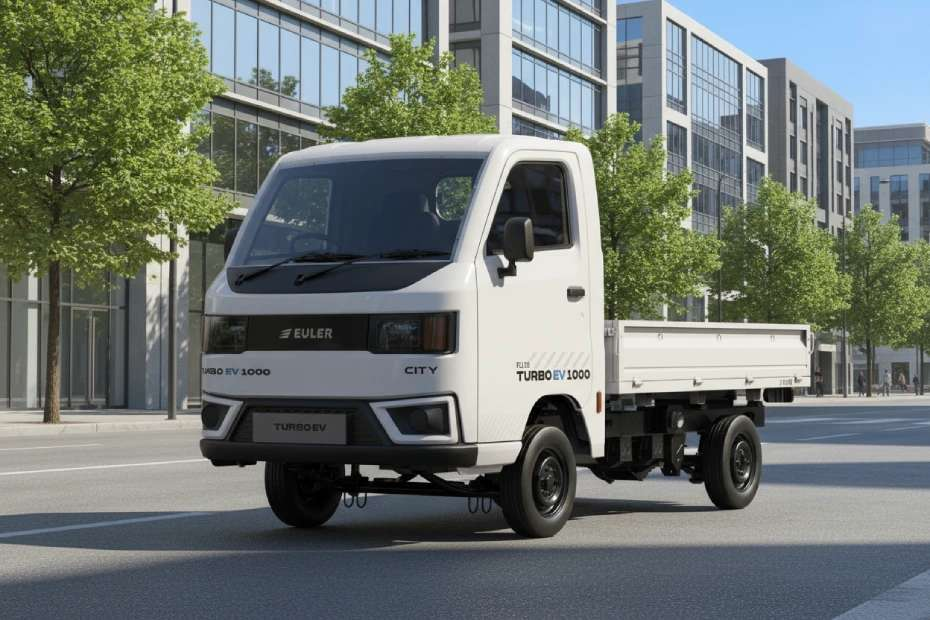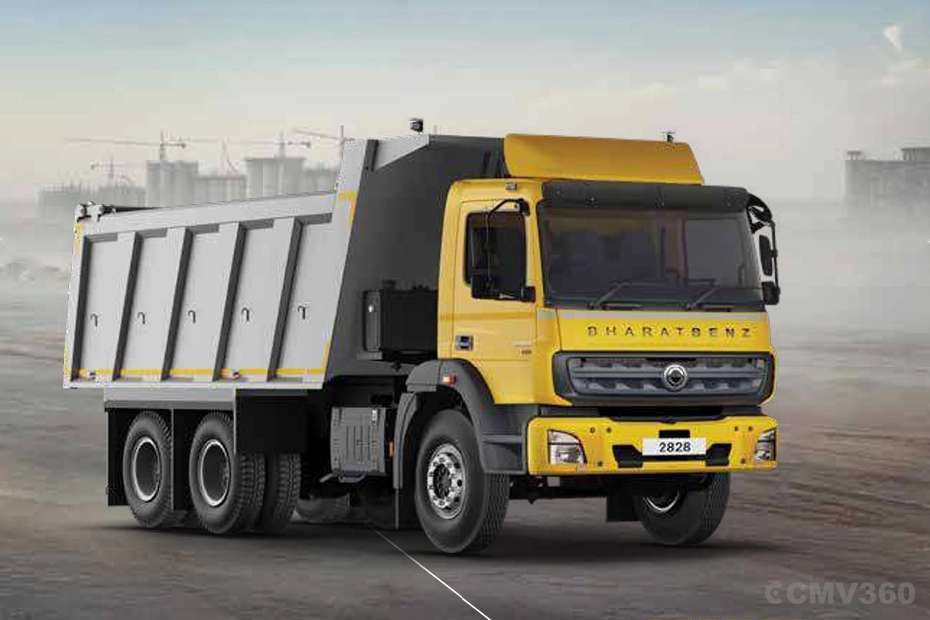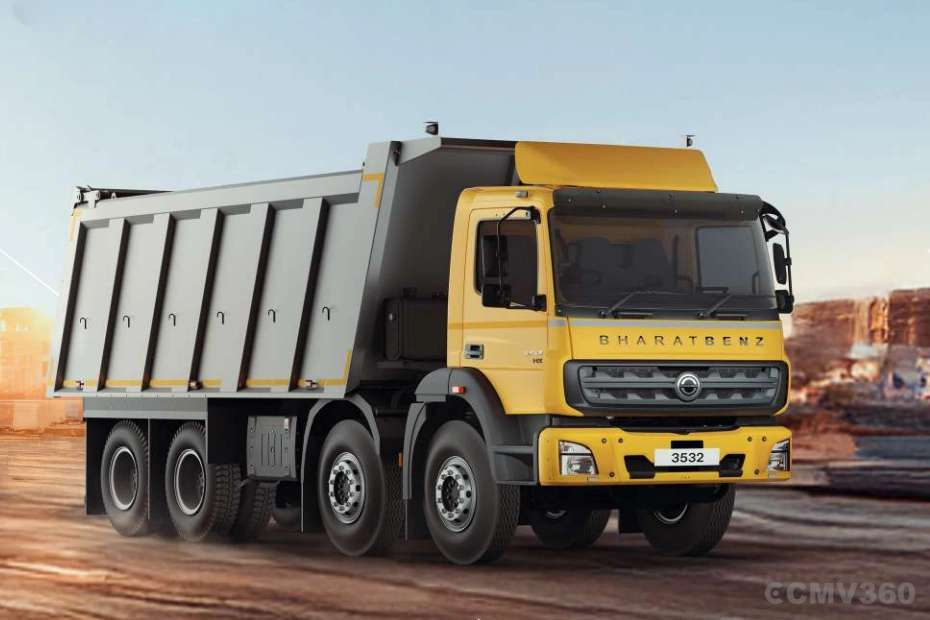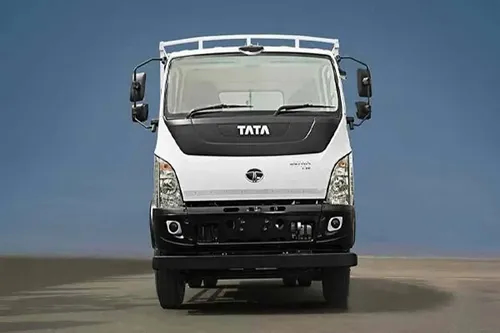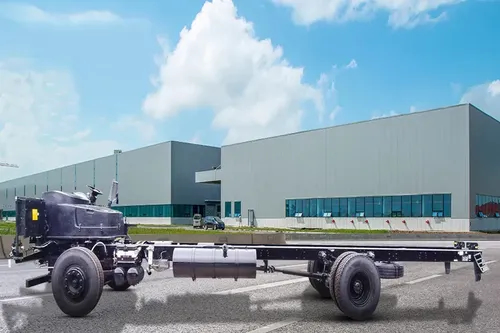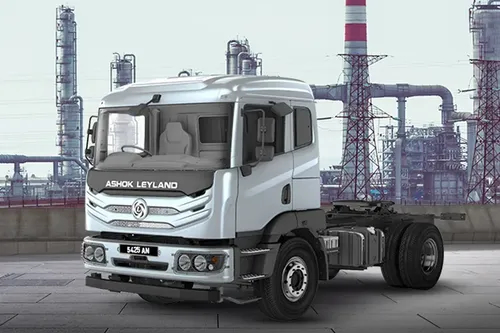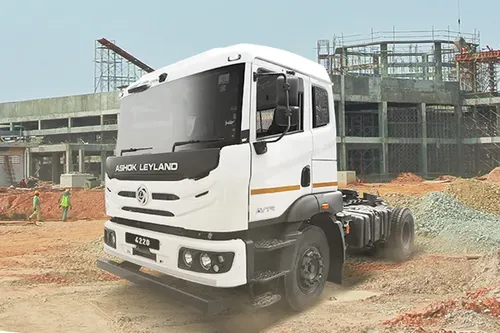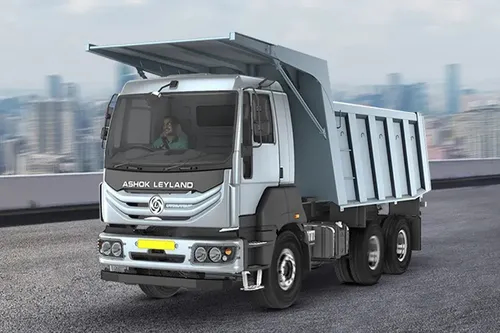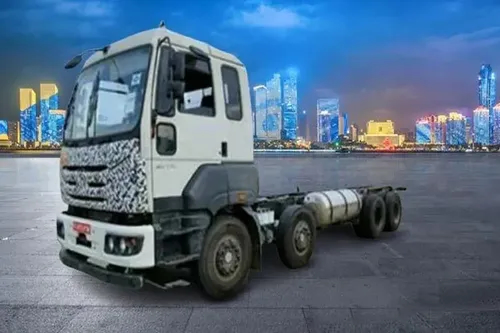Ad
Ad
Luxury Buses Redefining Intercity Travel in India 2025
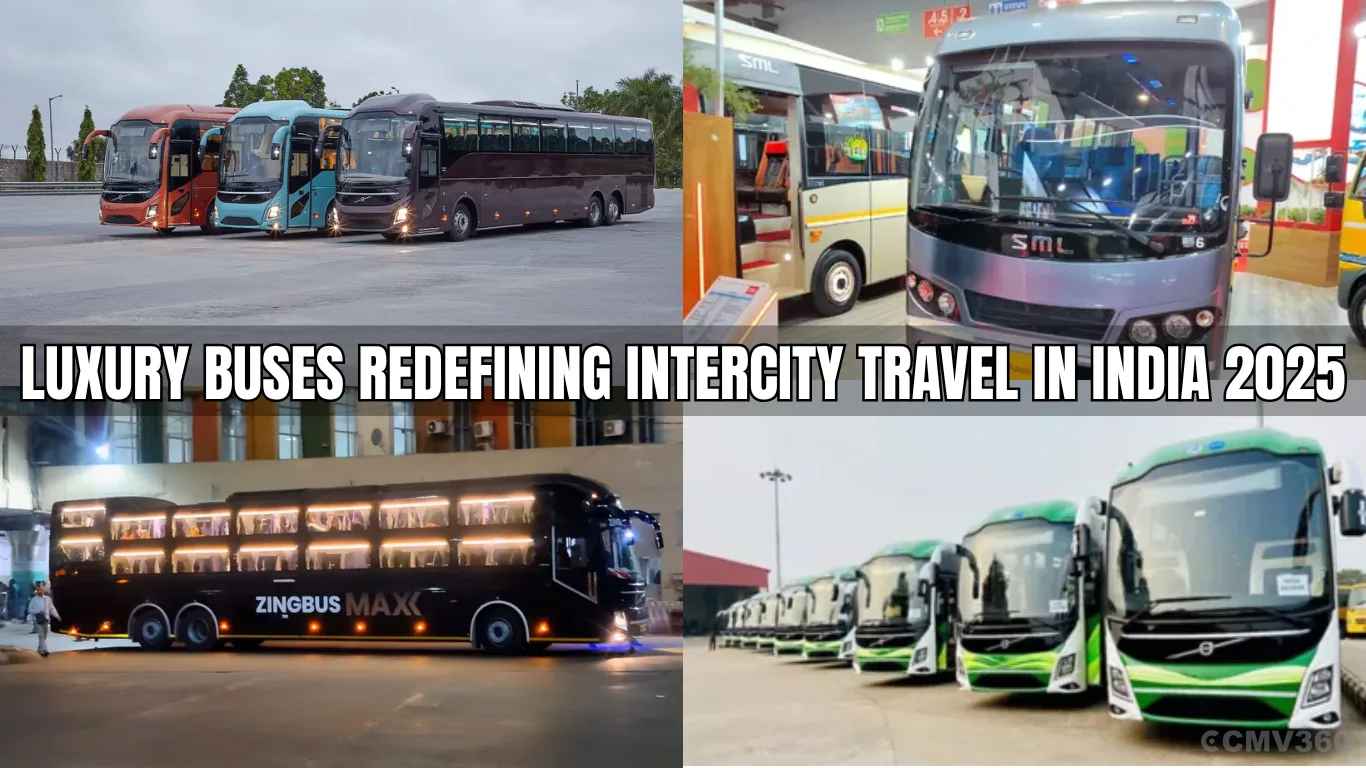
In 2025, luxury buses in India will have moved far beyond their old identity as basic transport vehicles. They are now premium travel solutions combining comfort, safety, technology, and eco-conscious design. For medium- and long-distance routes, they offer a compelling alternative to flights and trains, with operators and manufacturers investing heavily to create a high-quality passenger experience.
Brands like Volvo, BharatBenz, Tata Motors, Ashok Leyland, JBM Electric Vehicles, and MG Group are pushing the boundaries of design and performance. At the same time, operators such as Zingbus, NueGo, VRL Travels, Hybus, and KSRTC are expanding networks to connect not just major cities but also smaller towns, enabling more people to enjoy premium road travel.
The Journey from Basic to Premium
A decade ago, intercity bus travel in India was largely limited to simple seater models with minimal comfort. Long journeys often meant cramped seating, noisy cabins, and little to no onboard facilities. Luxury buses existed, but they were rare, serving only a few popular metro-to-metro routes like Delhi–Jaipur or Mumbai–Pune.
The transformation began with a few key factors:
Better Road Infrastructure – National highways, expressways, and modern bypass routes reduced travel time, making luxury bus travel viable and efficient.
Changing Passenger Expectations – A growing middle class wanted more comfort for overnight and long-distance journeys.
Entry of Global Brands – Companies like Volvo and Scania introduced multi-axle coaches with advanced suspension and plush interiors.
Technology Integration – Platforms like RedBus and Zingbus brought transparent pricing, easy booking, live tracking, and smoother customer service.
By 2025, these developments had matured into a market where luxury buses are a mainstream choice for both business and leisure travel.
Comfort and Amenities – Hotels on Wheels
Luxury buses today are designed to deliver a hotel-like experience on the road. Common features include:
Reclining or Sleeper Berths – Spacious and cushioned, with privacy curtains for uninterrupted rest.
Silent Cabins – Noise insulation for a peaceful journey.
Climate Control – Personalized air-conditioning with adjustable vents.
Ambient Lighting – Soft LEDs for a relaxing atmosphere.
Onboard Washrooms – Found in premium coaches for added convenience.
Entertainment Options – Personal screens or shared displays with movies, music, and streaming access.
Wi-Fi and Charging Points – Stay connected throughout the trip.
Cleanliness – Regular sanitization and fresh bedding on overnight routes.
For example, the Volvo 9600 Sleeper offers a multi-axle chassis, plush interiors, silent cabins, and air suspension, making even 10–12-hour journeys feel effortless.
Expanding Beyond Metros
Initially, luxury bus services connected only major cities, but in 2025, the network covers 500+ cities and towns, including Tier-2 and Tier-3 destinations like Ajmer, Dharwad, and Rajahmundry.
Benefits for Smaller Cities:
Increased travel options without relying on limited train schedules.
Affordable premium travel compared to flights.
Better accessibility for students, tourists, and professionals.
Boost to local business and tourism.
This shift means a passenger from a smaller city can now board a premium bus at night, enjoy a comfortable sleep, and arrive in a metro refreshed the next morning.
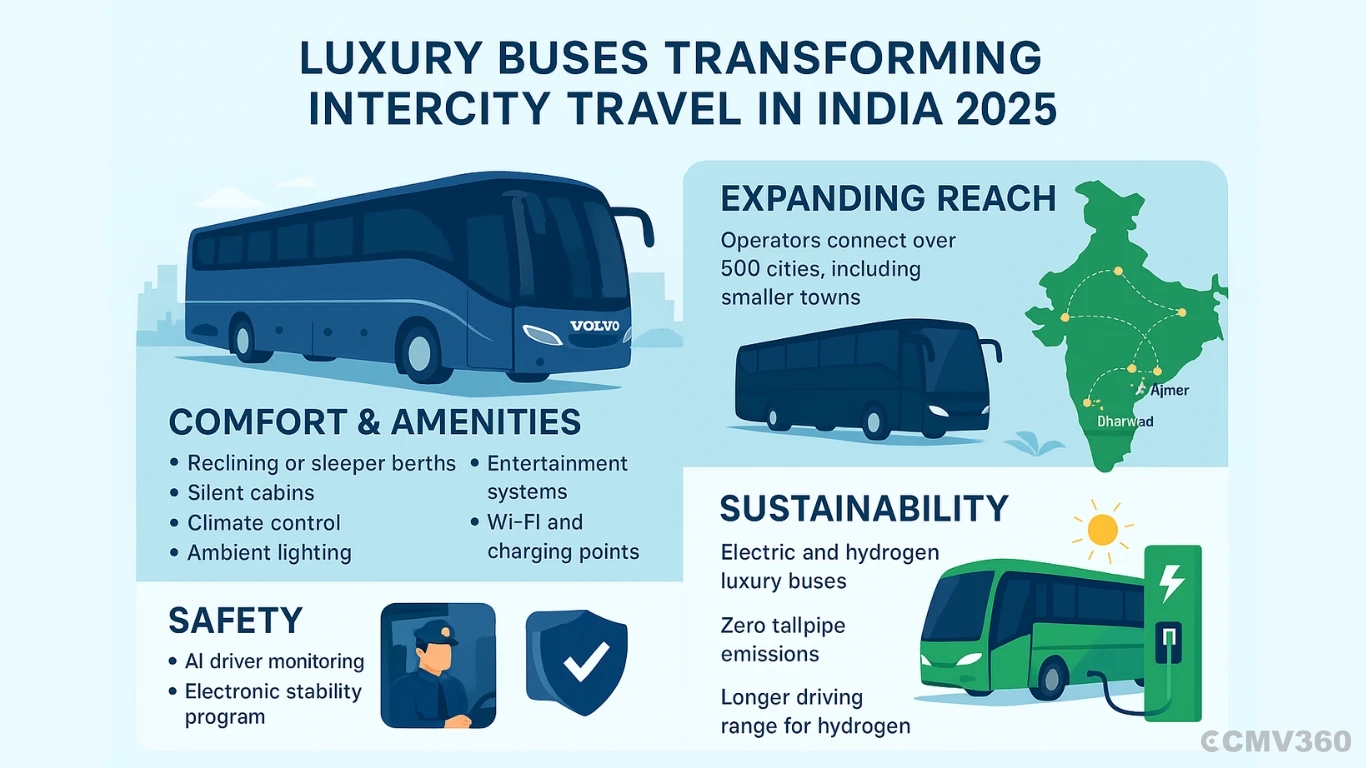
Safety – The Top Priority
Modern luxury buses are equipped with cutting-edge safety technologies:
AI Driver Monitoring – Systems like Netradyne Driver-i track driver alertness, speed, and distraction in real time.
Electronic Stability Program (ESP) – Helps prevent skidding and loss of control.
Electronic Braking System (EBS) – Ensures shorter, safer braking distances.
Anti-lock Braking System (ABS) – Improves stability during emergency stops.
Fire Detection & Suppression – Automatic systems protect both passenger and engine areas.
Surveillance Cameras – Continuous monitoring of interiors.
Emergency Buttons – Direct links to control centers in case of trouble.
These features have made luxury buses a reliable choice for safety-conscious travelers.
Sleeper Coaches – Overnight Travel Reinvented
The rise of luxury sleeper buses has changed overnight road travel in India. Unlike older “semi-sleeper” designs, today’s buses feature full-size berths similar to train AC coaches or even small hotel rooms.
Key Features:
2x1 Berth Layout – Two berths on one side, one on the other, allowing more aisle space.
Foam Mattresses & Fresh Linen – Ensuring maximum comfort.
Silent Ride Experience – Advanced suspension keeps noise and vibration low.
Private Amenities – Personal lights, charging ports, and curtains.
Example: Zingbus Maxx Sleeper AC connects Delhi to Lucknow in just 8 hours, offering a fully air-conditioned, quiet, and private sleeping space.
Sustainability – The Green Revolution in Luxury Buses
India’s push for eco-friendly mobility has transformed the luxury bus segment, with both electric and hydrogen fuel cell coaches entering service.
Technology | Benefits | Example Models |
Zero tailpipe emissions, quiet operation, smooth ride, ideal for short to medium routes | ||
Hydrogen Fuel Cell Buses | Long range, refueling in 5–7 minutes, only water as emission, ideal for long routes | Tata Hydrogen Coach, BharatBenz Hydrogen Intercity |
By late 2025, Volvo plans to roll out BZL and BZR electric buses, further strengthening India’s green transport network.
Price Range and Accessibility
Luxury bus prices in India range from ₹90 lakh to over ₹2 crore, depending on size, features, and technology.
Price Bracket | Example Models | Key Features |
₹90 lakh – ₹1.2 crore | Tata Magna Coach, Ashok Leyland Premium Seater | Premium seating, air suspension, Wi-Fi |
₹1.2 crore – ₹1.5 crore | Ashok Leyland GARUD 15, MG TIGRA | Sleeper berths, advanced braking, stylish interiors |
₹1.5 crore – ₹2 crore | Volvo 9400/9600 Sleeper, JBM Galaxy Electric | Multi-axle, silent cabins, luxury amenities |
₹2 crore+ | Customized Electric/Hydrogen Coaches | Fully customized interiors, sustainable tech |
While these buses are costly to purchase, competitive ticket pricing, group discounts, and off-peak offers make them accessible to more passengers.
Advantages Over Trains and Flights
Compared to Trains:
More privacy in sleeper cabins.
Flexible departure times.
Direct city-to-city connections without transfers.
Compared to Flights:
Lower cost for medium-distance travel.
No long check-in or baggage claim delays.
Central boarding and drop-off points, rather than distant airports.
Popular Luxury Bus Routes in 2025
Route | Distance | Travel Time | Bus Type | Operator |
Mumbai – Pune | 150 km | 3 hrs | Volvo AC Seater | MSRTC Shivneri |
Delhi – Jaipur | 280 km | 5 hrs | Sleeper AC | Zingbus |
Bangalore – Chennai | 350 km | 6 hrs | Multi-axle Sleeper AC | KSRTC |
Hyderabad – Vizag | 620 km | 10 hrs | Electric Sleeper AC | NueGo |
Pune – Bangalore | 850 km | 12 hrs | Volvo Sleeper Multi-axle | VRL Travels |
Technology Integration for Seamless Journeys
The luxury bus experience in 2025 is heavily tech-driven:
Digital Boarding Passes & Contactless Check-ins
Live Bus Tracking via Mobile Apps
Personal Climate & Lighting Controls
On-Demand Entertainment Streaming
Smart Telematics – Optimizing routes and reducing delays
These upgrades have made long road journeys smoother, more predictable, and enjoyable.
Industry Growth and Future Outlook
Several trends are driving rapid expansion in the luxury bus industry:
Rising disposable incomes and lifestyle upgrades.
Faster routes due to expressways like Delhi–Mumbai Expressway.
Government policies promoting electric and hydrogen buses.
Growing demand from the corporate and group travel sectors.
By 2030, experts predict over 40% of intercity luxury buses will be electric or hydrogen-powered.
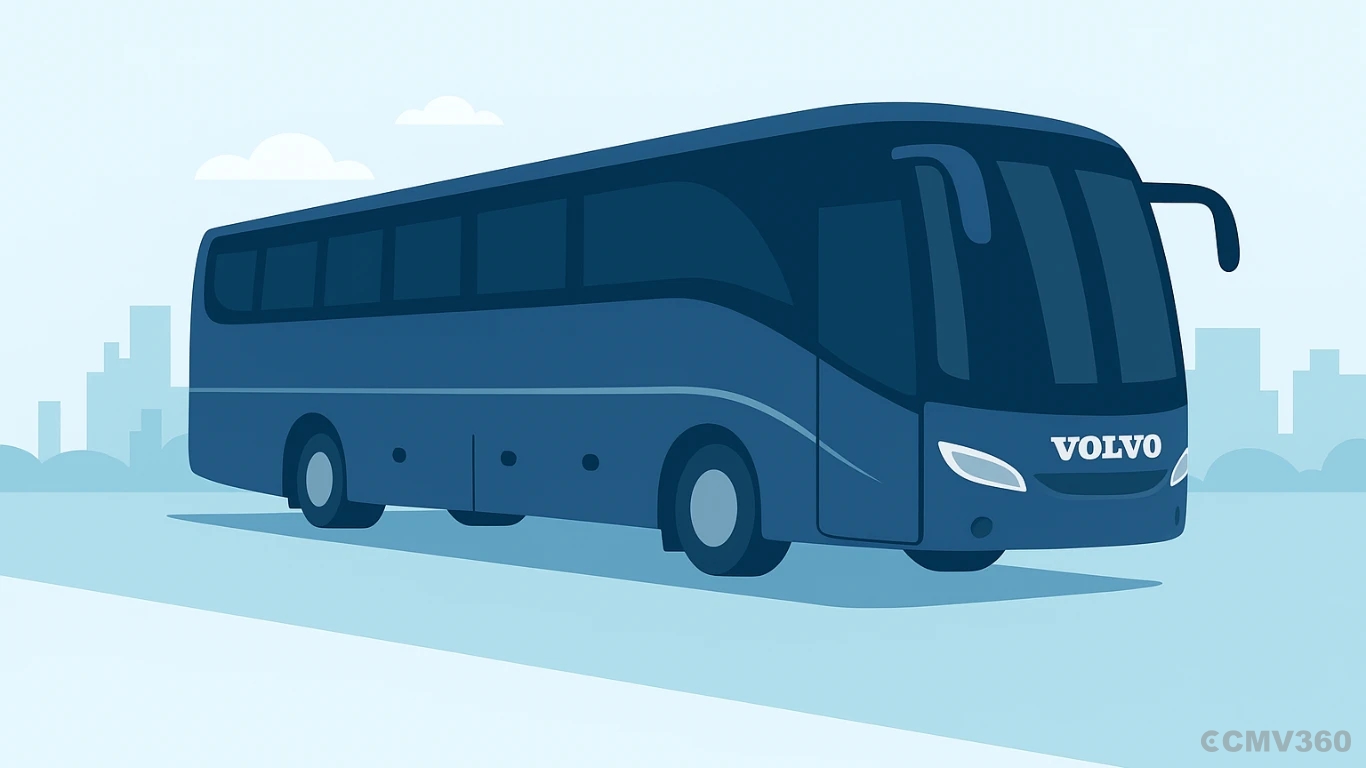
Challenges That Remain
Despite the progress, operators still face hurdles:
High upfront cost of luxury buses.
Limited charging and hydrogen refueling infrastructure.
Need for skilled drivers trained in advanced safety tech.
Traffic congestion in the city limits is affecting punctuality.
Leading Models in the Market
Model | Manufacturer | Highlights | Price Range |
Volvo 9400/9600 Sleeper | Volvo Buses India | Silent cabins, multi-axle stability, premium sleeper berths | ₹1.2–₹2 crore |
GARUD 15 | Ashok Leyland | 300 HP engine, 42 sleeper berths, safety features | ₹1–₹1.5 crore |
Magna Coach | Tata Motors | Air suspension, luxury seating, and large luggage space | ₹90 lakh–₹1.3 crore |
Galaxy Electric Coach | JBM Electric Vehicles | Zero emissions, Wi-Fi, charging points | ₹1.4–₹2 crore |
TIGRA Intercity | MG Group | Modern interiors, stylish LED lighting | ₹1–₹1.5 crore |
Also Read: Electric vs CNG Three-Wheelers: The Complete 2025 Guide for Urban and Commercial Users
CMV360 Says
Luxury buses in India in 2025 are more than just a way to get from point A to point B—they are rolling hotels. They combine safety, comfort, sustainability, and tech innovation, appealing to both corporate and leisure travelers. With electric and hydrogen technologies expanding, connectivity reaching smaller towns, and comfort standards rising every year, the future of India’s intercity travel looks greener, smarter, and more passenger-focused than ever.
Whether it’s a student traveling overnight from a Tier-3 town to a metro or a business executive choosing a quieter, eco-friendly ride over a flight, luxury buses are proving to be the perfect middle ground between affordability, comfort, and sustainability.
Features & Articles
EXCON 2025 Spotlight: Tata Motors Unveils Powerful New Diesel, CNG & Electric Commercial Vehicles for Construction and Mining
Tata Motors showcases powerful diesel, CNG, and electric commercial vehicles at EXCON 2025, highlighting innovation, productivity, sustainability, and advanced solutions ...
18-Dec-25 10:26 AM
Read Full NewsAshok Leyland 1920 vs 2820 Tipper Comparison: 6-Wheeler or 10-Wheeler – Which Is Better for Construction & Mining?
Compare Ashok Leyland 6 wheeler vs 10 wheeler tipper trucks. Detailed 1920 vs 2820 comparison covering price, specs, GVW, performance, usage, and buying guidance for cons...
17-Dec-25 12:29 PM
Read Full NewsTata Starbus Buses in India 2025: City, Suburban, Ultra & Staff Buses Models Explained in Detail
Explore the Tata Starbus 2025 range in India, including City, Sub Urban, Ultra, and Staff Contract buses with prices, features, seating capacity, and performance details....
15-Dec-25 12:16 PM
Read Full NewsTop 5 Tata Trucks for Business in India 2025: Prices, Payload, Features, Full Details & Complete Buying Guide
Discover the top 5 Tata trucks in India 2025 with prices, payload, engine details, features, pros and cons. Simple, easy-to-read buying guide to help you choose the best ...
11-Dec-25 05:34 AM
Read Full NewsTop Tata Ace Models in India 2025: Complete Guide for Small Businesses and Last-Mile Transport
Explore all Tata Ace models in India 2025 with prices, features, payload, mileage, and benefits. A simple and complete guide for small businesses and last-mile delivery b...
19-Nov-25 12:01 PM
Read Full NewsTata Ace Pro vs Tata Ace Gold: Which Mini Truck is Better for Your Business in 2025?
Compare Tata Ace Pro and Tata Ace Gold in detail. Know their price, specs, performance, and features to choose the best mini truck for your business in 2025....
13-Nov-25 12:36 PM
Read Full NewsAd
Ad
